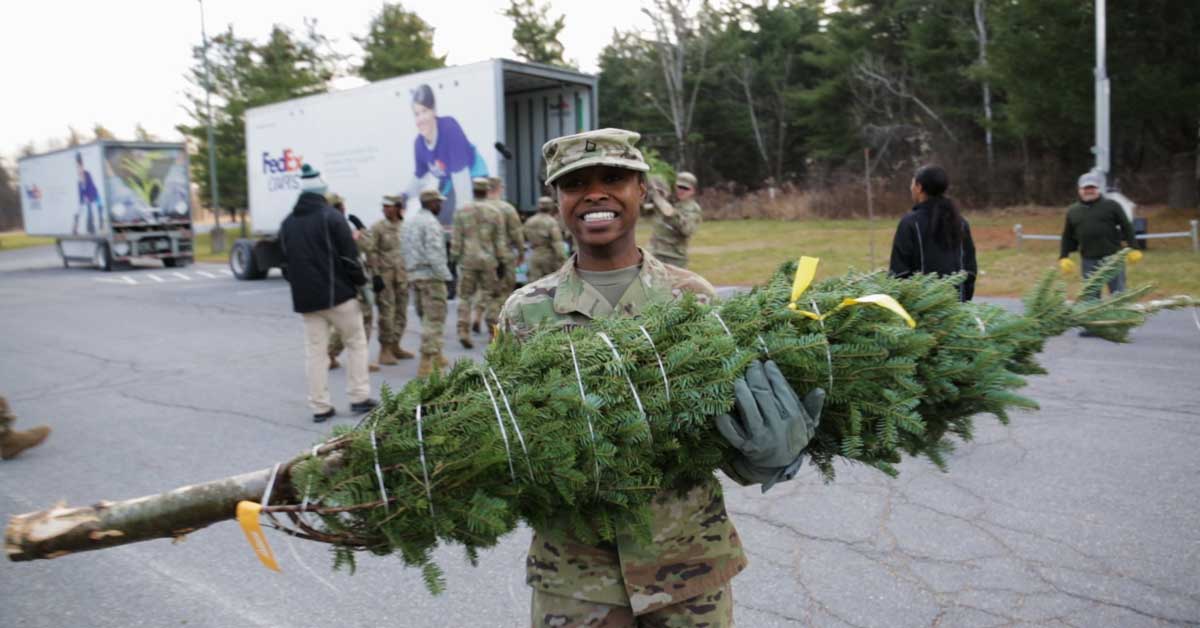The United States Department of Veteran Affairs has just announced an exciting new milestone: The department has set an all-time record for benefits delivered to women veterans.
According to a press release from VA, 702,557 women veterans are receiving disability compensation benefits from the government — an increase of about 26% from five years ago.
A vast majority of women veterans who apply for disability benefits — 89% — have received those benefits for at least one condition, totaling in an average of $26,809 in compensation per year from VA.
Additionally, women veterans are the fastest growing group of people served at VA, as the department serves more women veterans in its health care system than ever before.
“Women veterans have fought in every war since the American Revolution, but they have not always been able to access the care and benefits they’ve earned and deserved,” Tanya Bradsher, the first woman veteran deputy secretary of VA, said in a statement.
“But now, at VA, we’re making sure that those days are over.”
The sharp increase in benefits and care delivered to women veterans in the past few years is largely due to the PACT Act, which President Biden signed into law in August 2022, VA shared.
What is known as the largest health care and benefit expansion in VA history, the PACT Act has allowed the department to expand care and benefits to millions of veterans who were exposed to toxins and other hazards during their service.
This includes expanded eligibility for veterans of the Vietnam, Gulf War, and post-9/11 eras. It also requires VA to provide a toxic exposure screening to every veteran enrolled in VA health care.
The more people with access to VA care, the more women veterans will get the support they need, too.
Over the past two years, VA has expanded breast cancer screenings and mammograms for veterans with potential toxic exposures, as well as facilitated the increase of a number of reproductive health measures, too.
Some examples are access to contraception, abortion care and counseling, as well as in vitro fertilization and one-on-one maternity care for women veterans.
“These record numbers demonstrate that we’ve made tremendous progress in recent years, but they are still just the beginning,” Bradsher continued. “We won’t rest until every woman veteran is coming to VA.”
The future of care for women veterans
To continue improving these rates, the White House recently announced a new Women’s Health Research collaborative to advance women’s health research and evidence-based care for all women, and especially those who are members of the Armed Forces.
The Executive Order signed by President Biden on March 18 will allocate $12 billion to new women's health research at the National Institutes of Health.
It also encompasses the work of VA and the Department of Defense to advance key research for health issues specifically affecting service women and veterans.
“These directives will ensure women’s health is integrated and prioritized across the federal research portfolio and budget,” a statement from the White House said, adding that the new initiative “aims to fundamentally change how we approach and fund women’s health research in the United States.”
Expanded programs require bolstered support staff to guide veterans through these offerings. In every regional office, VA has veteran coordinators and a Women Veterans Program Manager, who provide specific assistance to those seeking support.
Women veterans can also call, text, or chat online with the Women Veterans Call Center at 855-829-6636 to get help and find available resources and services in their area.
“To all the women veterans out there, we encourage you to … apply for your earned benefits today,” VA under secretary for benefits Josh Jacobs said in a statement.
“We will do everything in our power to serve you, just like you’ve served our country.”
Header image courtesy of the U.S. Department of Veteran Affairs



